|
Ohhh, man 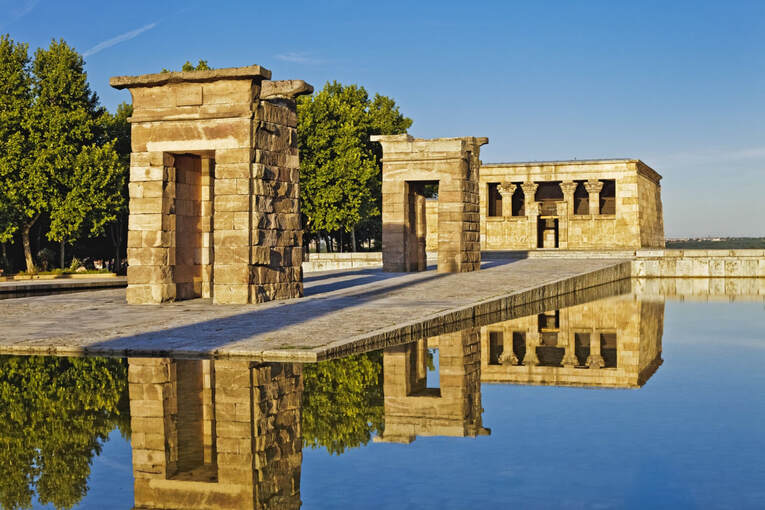 2. Pyramids used to sparkleThey were initially polished and covered with highly reflective white limestone. That is not surprising as Egyptians were widely-known for their sanctification of the sun. Thus, the shape of the Pyramid was a symbol of the descending sun rays on Earth and being highly recognizable from a distance. The Great Sphinx of Giza Located in the southern city of Luxor, the Colossi of Memnon are two giant statues of Pharaoh Amenhotep III. They were built out of blocks of quartzite sandstone and measure eighteen meters high. Both figures sit on thrones carved with imagery of the pharaoh’s mother, wife, and the Nile god Hapy. In a more ancient time, they marked the entrance to what had been the mortuary temple of Amenhotep, which was supposedly larger than anything else built in Egypt. While the distinct pharaoh shape of each statue is still noticeable today, one of the two has been partially destroyed; however, legend says the lower half is known to sing and that hearing this song blesses the listener with good fortune.  7. Egyptian Architecture was sustainableEgyptians had great respect for nature, which was reflected in their architecture and their personal beliefs. For example, the columns’ capitals were symbols and shapes found in nature. They were made out of stones, having the form of bundled reeds as papyrus, lotus, palm, etc., carved in them. Also, they used sun-dried mud bricks and stones as building materials that are also sustainable. Moreover, Egyptians were the first civilization to practice agriculture on a large scale along the Nile and around the Nile Valley. They grew their crops and invented gadgets to protect themselves and their properties from floods. 10-things-you-did-not-know-about-egyptian-architecture 6. The Clerestory is a chief feature in Ancient Egyptian Architecture The term indicates the windows placed above eye level. This feature was first implemented in Egyptian temples to pour sunlight into the interior space as a symbol of purity and sacredness. Later, the Romans used it in their design of the Basilicas like the Cathedral of Montreal in Italy. 10-things-you-did-not-know-about-egyptian-architecture 10. Egyptian Architecture is strongly associated with Astronomy Egyptians intended to build meaningful structures. Thus, they believed that the best way to do that was to align their buildings with the important stars they discovered at that time. For instance, the air shafts in the king’s chamber were positioned to align with the Thuban. It is now known as the Pole star. Furthermore, temples were astronomically connected to significant events such as Solstices and Equinoxes. It requires precise measurements at the moment; however, they managed to do it effortlessly back then. 10-things-you-did-not-know-about-egyptian-architecture
The Psychedelic Nature of Islamic Art and Architecture by Sam WoolfeNasir al-Mulk Mosque in Shiraz, Iran Jalil Khayat Mosque in Erbil, Iraq The Shrine of Fatima Masumeh in Qom, Iran Tomb of Hafez, Shiraz, Iran
The 11th marked the 4th anniversary of Food4Thought, a track that I haven't been proud to share to this point considering the content... Chase set the tone on this one masterfully and I'm grateful to have contributed, but birth is pain I'll never know. A perception and distortion thing. Don't forget where you came from.
Video edited on Kapwing — Trill Soulutionary (@goldensoulshine) August 17, 2021 |
RETRO BOWL LEGENDS MARKUS INGOLD AND AMONRA WILSON ARE NOW NFTs ON RARIBLE!!
About the ArtistHe's inspired to create so here we are. Nature, fr
Archives
May 2024
Categories |
||||||



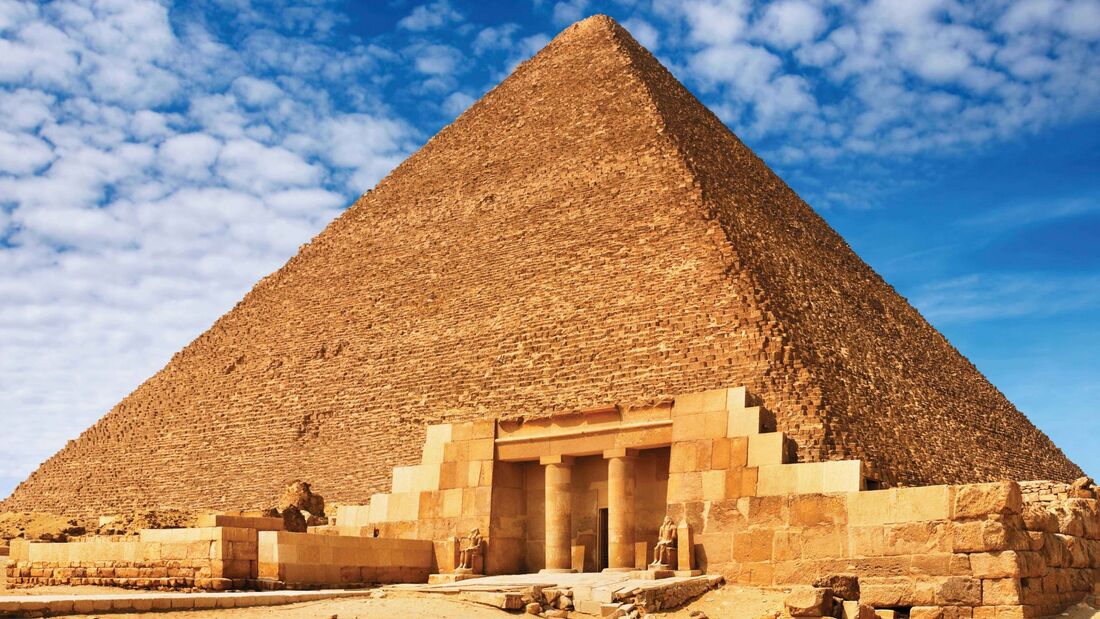
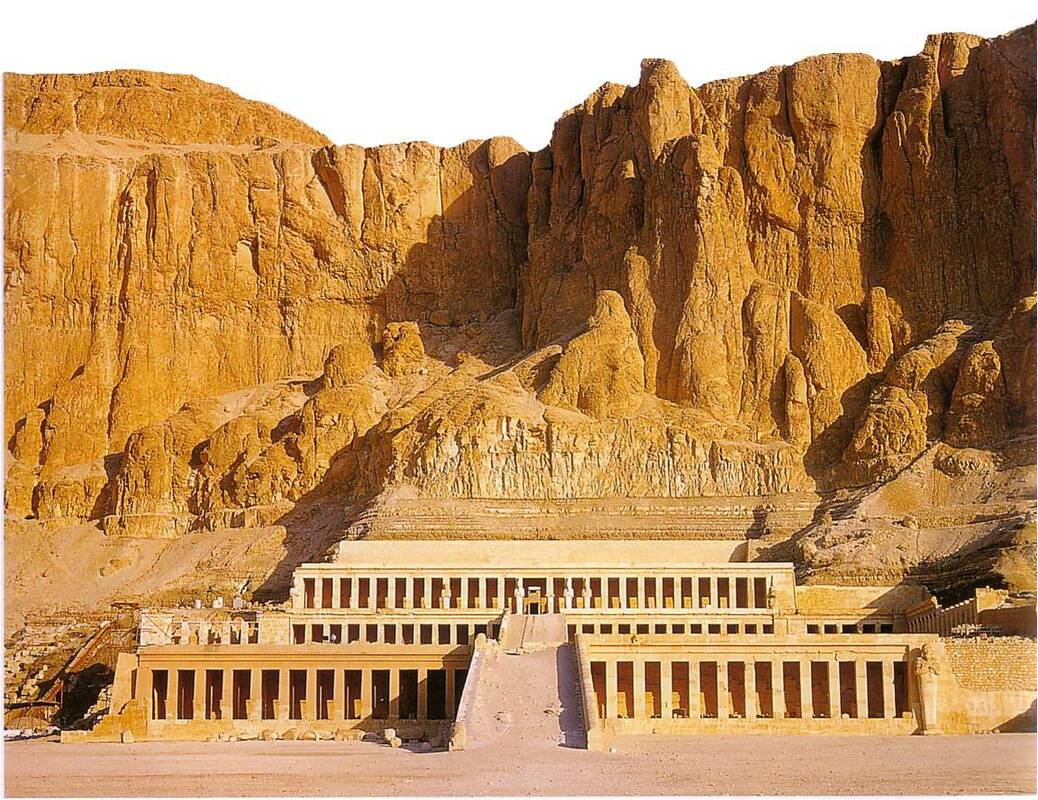


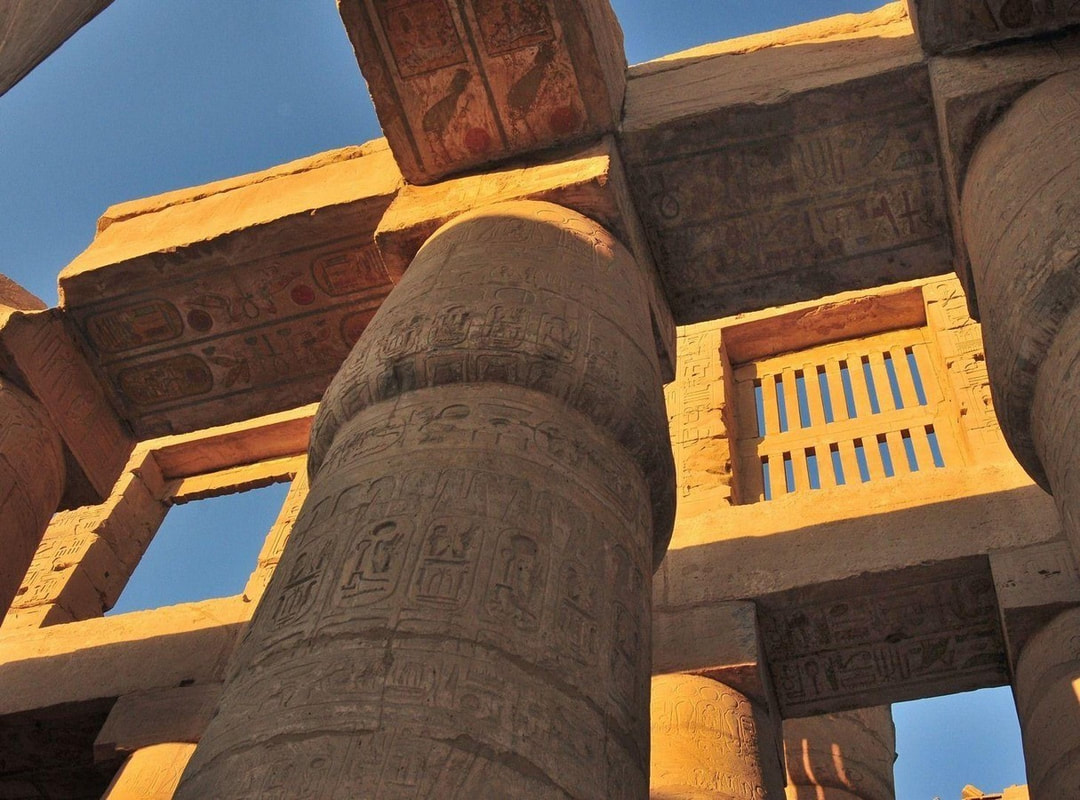
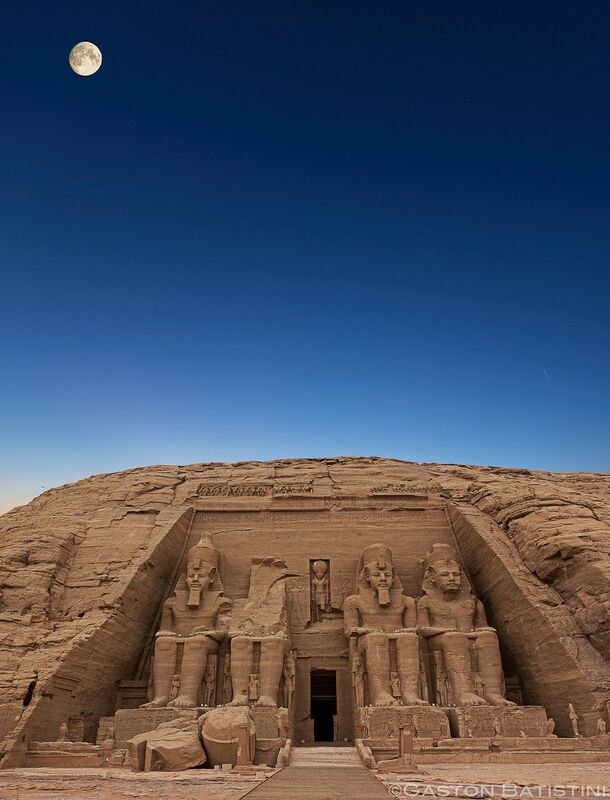






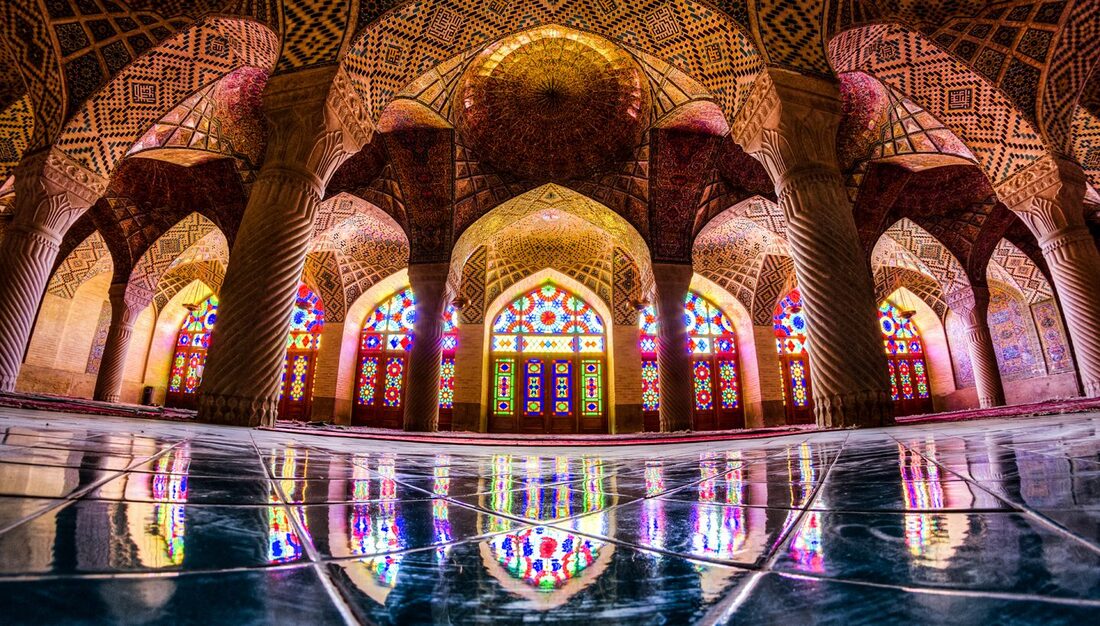

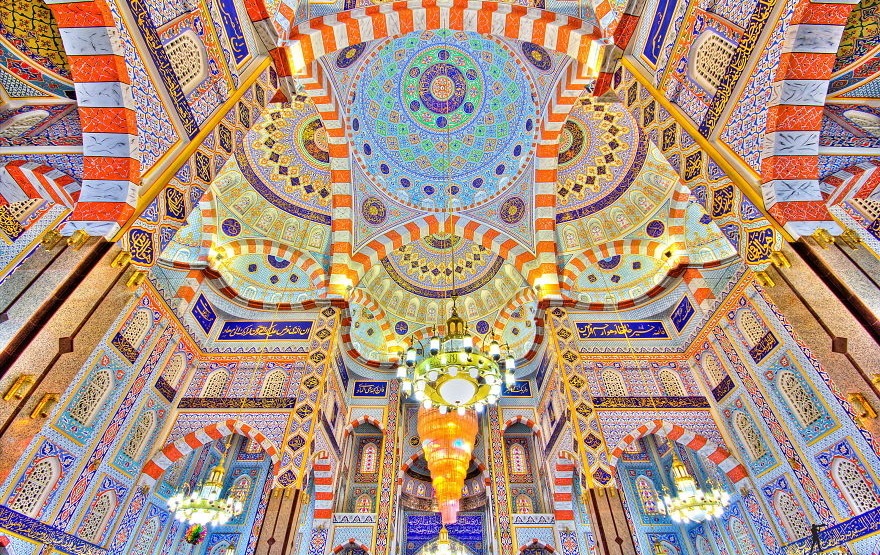


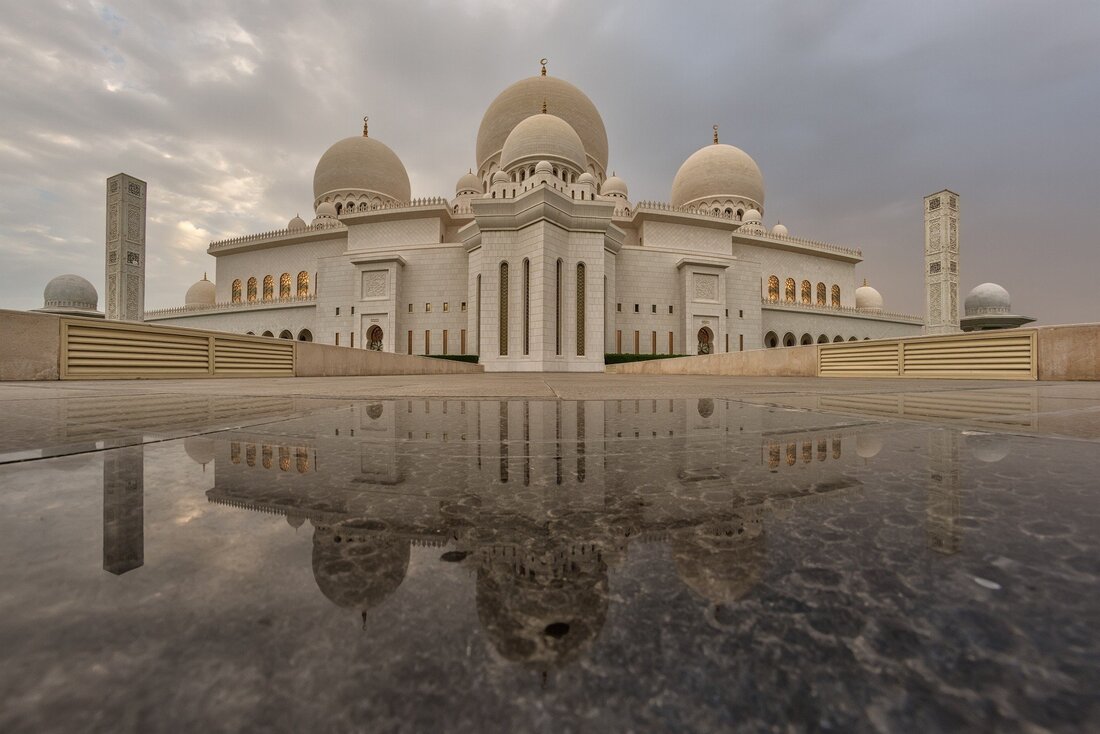

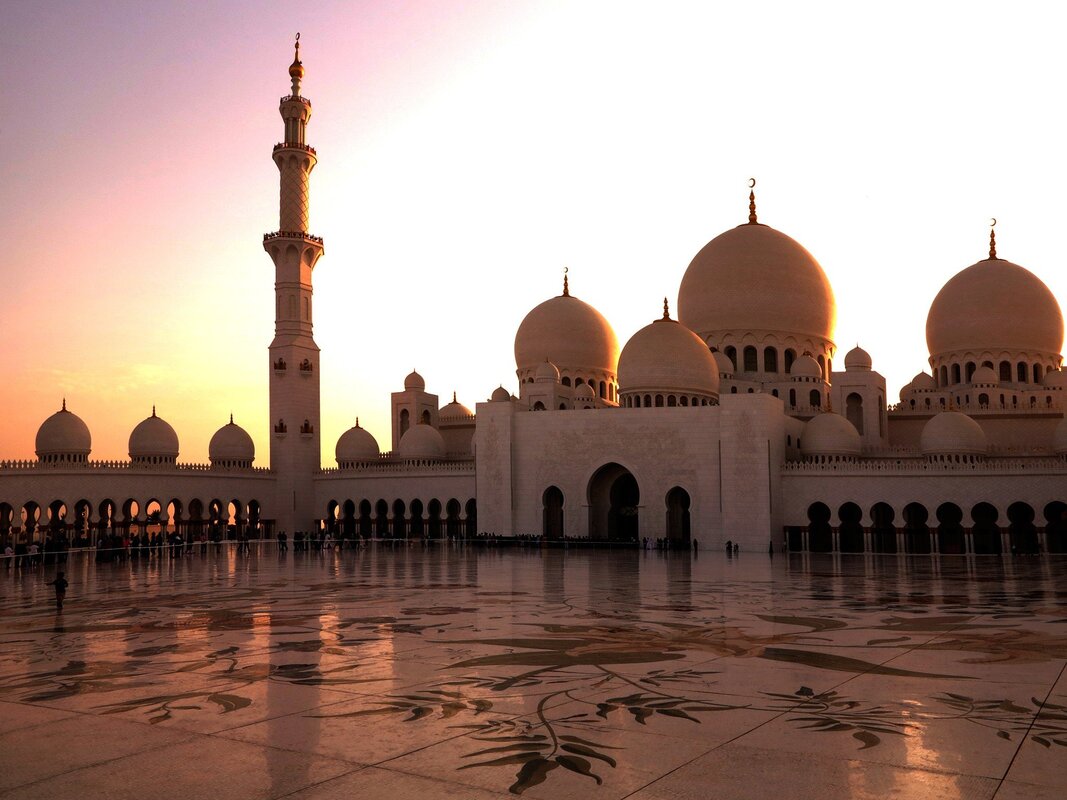
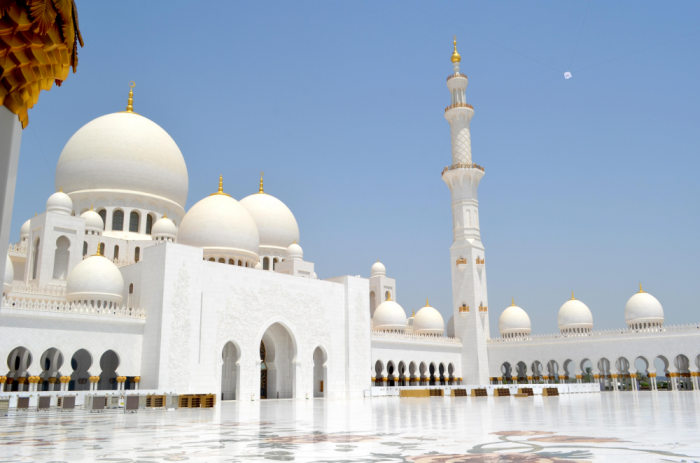





 RSS Feed
RSS Feed